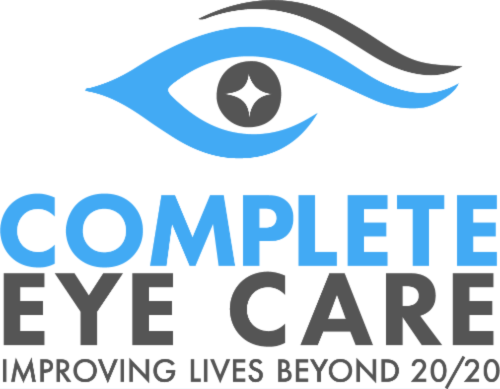Corneal molding, also known as orthokeratology or ortho-K, is a non-surgical treatment that uses specially-designed corneal molds (a type of rigid gas permeable (RGP) contact lenses) to reshape the cornea while you sleep.
These molds gently change the curvature of the cornea, temporarily correcting myopia (nearsightedness), hyperopia (farsightedness), and astigmatism (a common eye condition that causes blurred or distorted vision). Unlike traditional eyewear, corneal molding allows you to enjoy clear vision throughout the day without the need for glasses or contact lenses.
At Complete Eye Care in Belmont, North Carolina, we can help you achieve clear vision through expert corneal molding. Schedule an appointment with our dedicated team today.
The Corneal Molding Process
1. Comprehensive Eye Examination
Before the corneal molding process starts, you will undergo a comprehensive eye health examination. This examination helps determine if you are a suitable candidate for the lenses. During the examination, our experienced eye care professionals will assess your visual acuity, evaluate the shape of your cornea, and gather information about your overall eye health.
2. Precise Corneal Mapping
To create a custom-designed mold for your cornea, we use advanced technology called a corneal topographer. This instrument measures up to 14,000 points on the surface of the cornea, providing a precise map of its shape and curvature.
This information allows us to design a mold that fits your eye's unique contours. This personalized approach ensures optimal results for you.
3. Comfortable Overnight Wear
Once the mold is designed, you will wear it just before bed and it’ll be in place overnight while you sleep. The molds gently reshape the cornea, gradually correcting your vision.
Imagine waking up each morning with clear vision, ready to take on your day without the need for glasses or contact lenses. Corneal molding allows you to enjoy this new-found freedom and convenience. In most cases, its effects can last throughout the day, sometimes 2 days.
Many individuals find the molds comfortable to wear and adjust to them quickly, experiencing minimal discomfort during the adaptation period.
Benefits of Corneal Molding
-
Convenience and Freedom
With corneal molding, you can enjoy clear vision throughout the day without the need for any external eyewear.
Picture yourself at the beach, free to swim and enjoy the water without worrying about losing your glasses or getting sand in your contact lenses.
Or let's say you’re an active person who loves playing sports. Corneal molding allows you to participate freely without interference from any eyewear. On the field or in the gym, you can fully immerse yourself and focus on your performance while enjoying crisp and clear vision.
-
Non-Surgical and Reversible
Unlike surgical procedures such as LASIK, corneal molding is non-surgical and non-invasive. By simply wearing specialized molds while you sleep, the cornea can be gently reshaped. And the process is entirely reversible, allowing your eyes to return to their original shape if you choose to discontinue the treatment.
-
Controls Myopia in Kids
Corneal molding has shown promising results in managing the progression of myopia, particularly in children. By controlling the axial length of the eye, corneal molding can help slow down or even halt the advancement of myopia.
This means that with corneal molding, your child has a higher chance of maintaining stable vision and reducing their risk of serious eye diseases as they age.
Advanced Corneal Molding and Comprehensive Eye Care in Belmont, NC
If you’re interested in this non-invasive method of vision correction, schedule a consultation with our dedicated team today!
